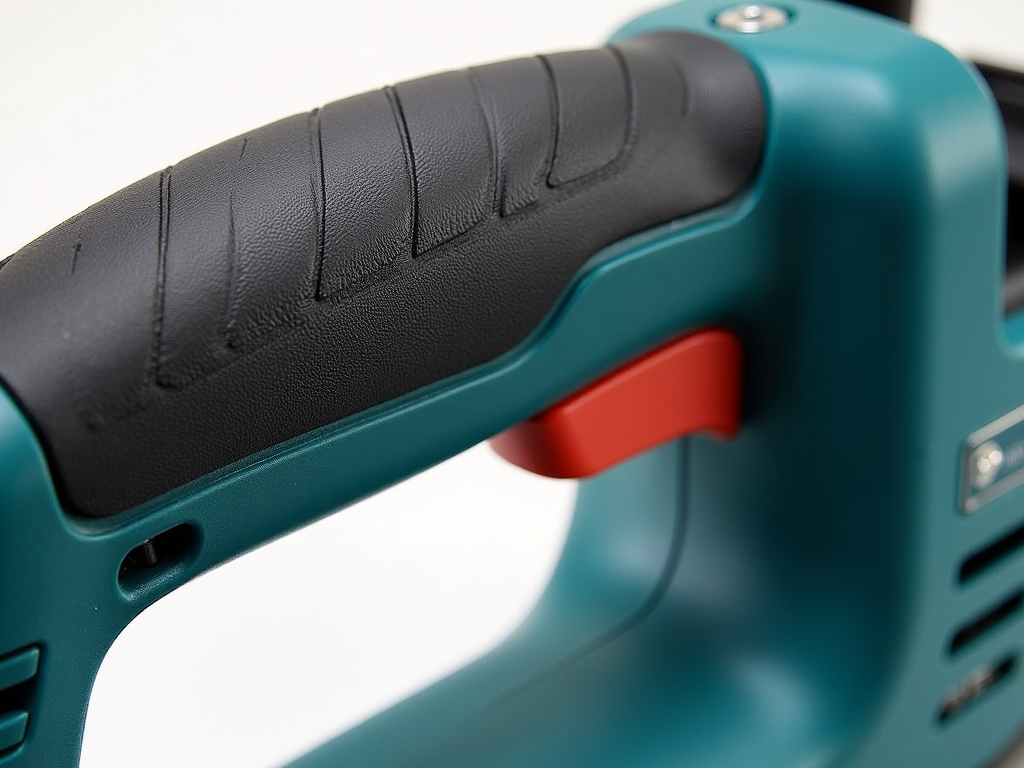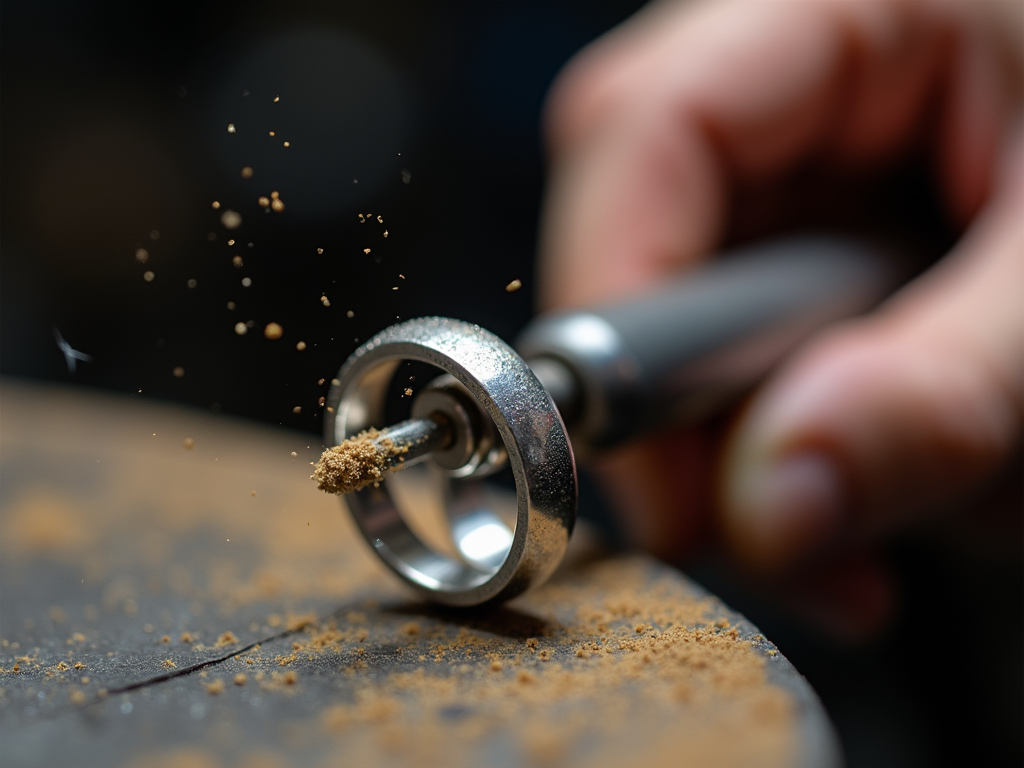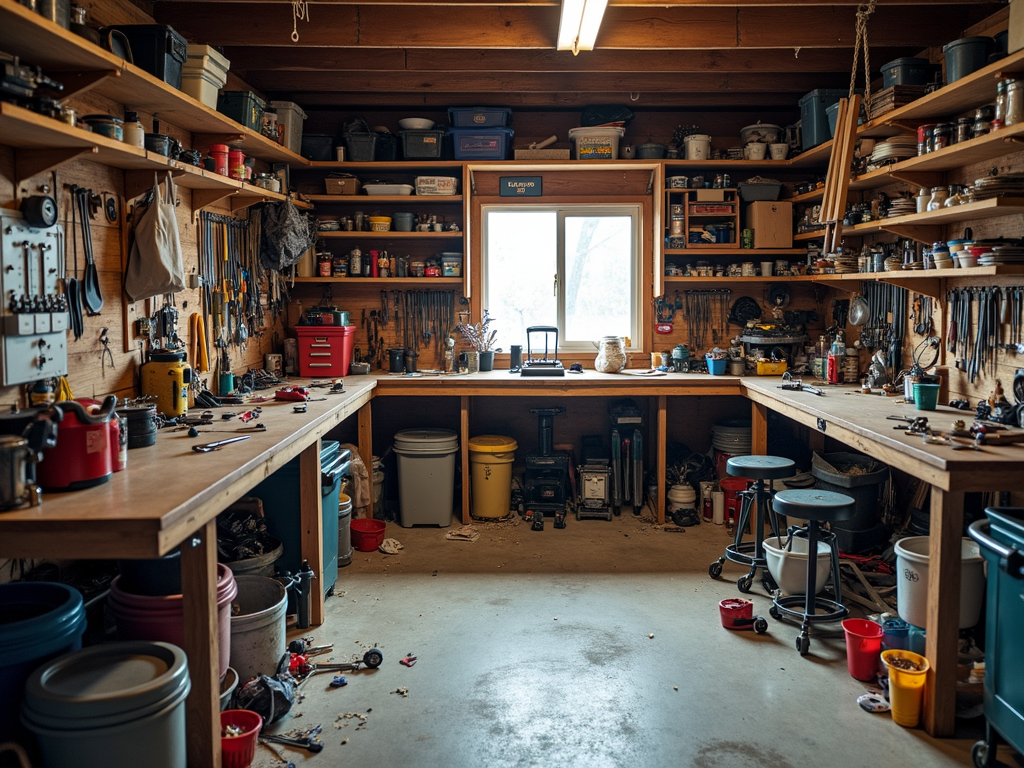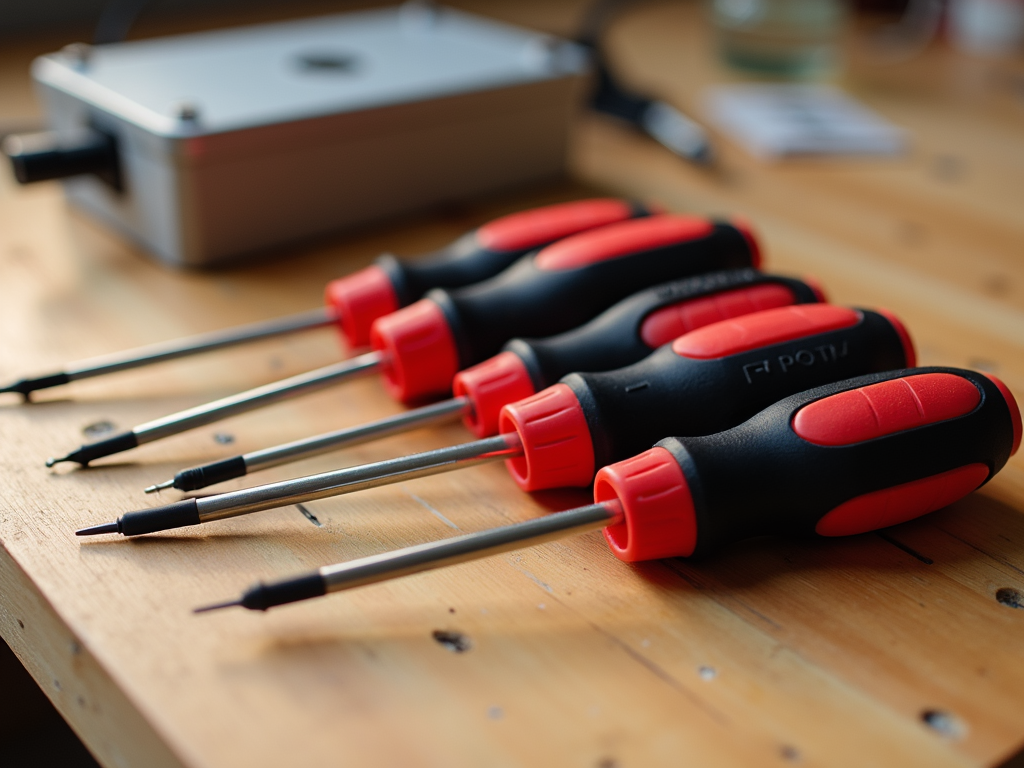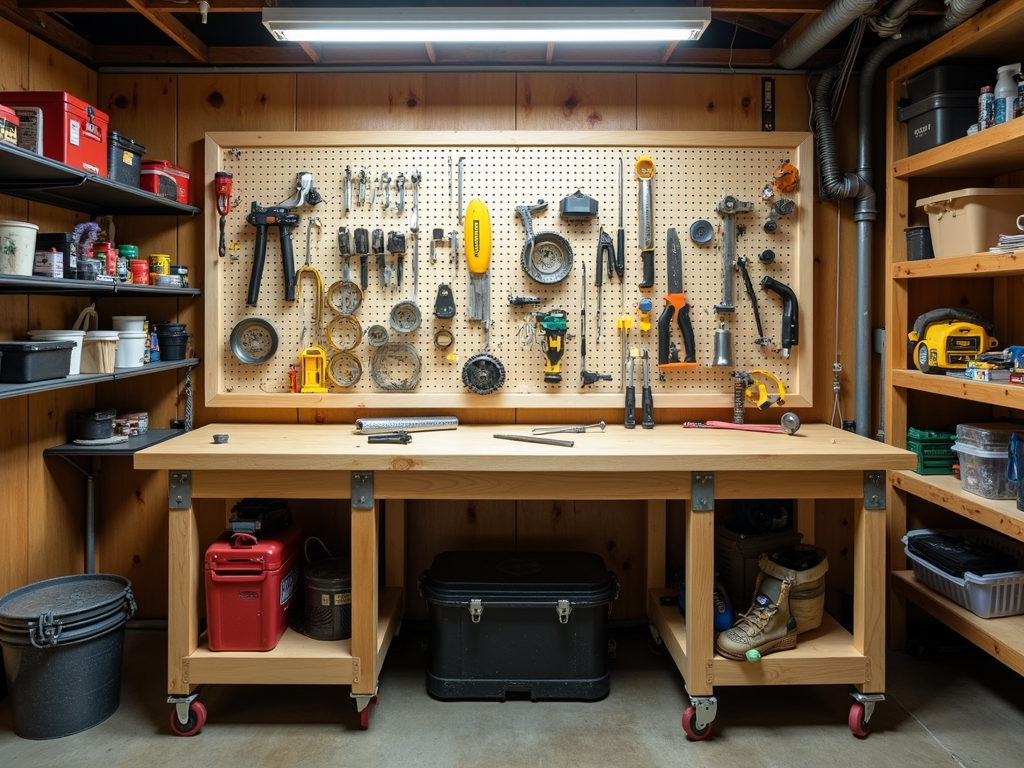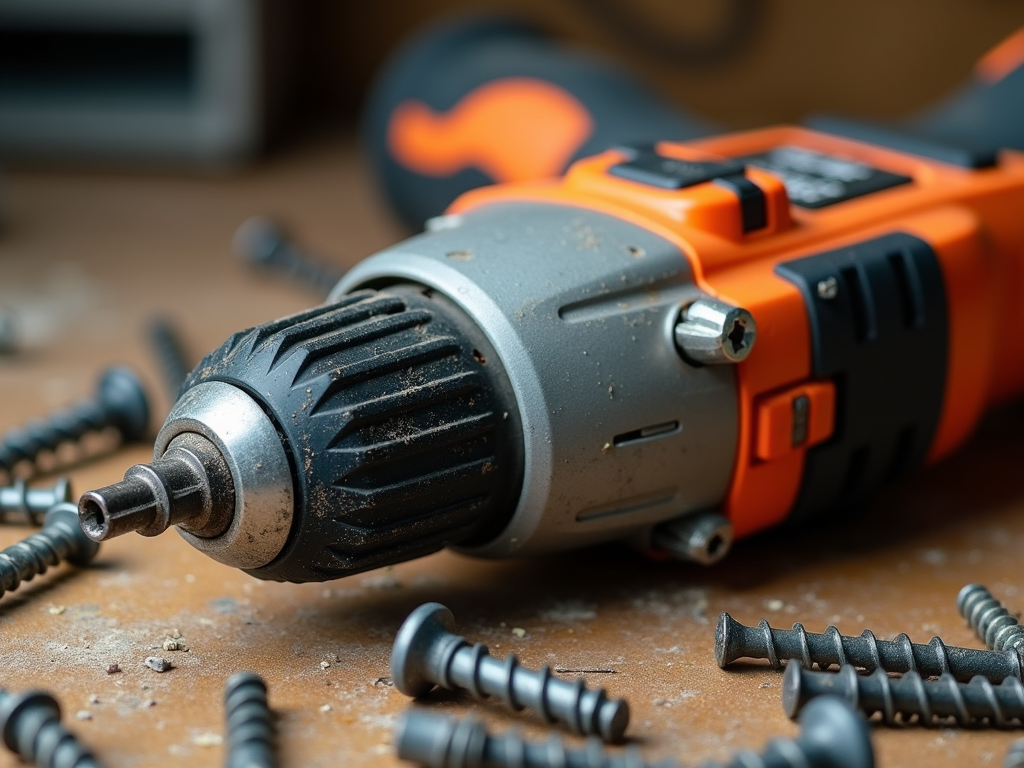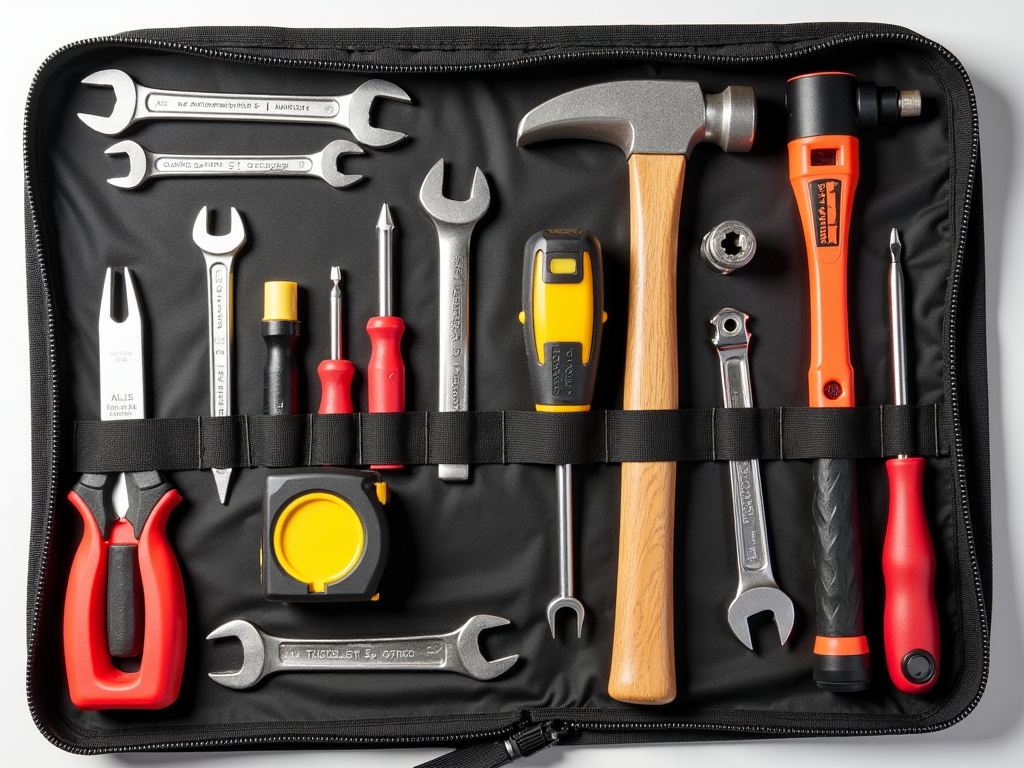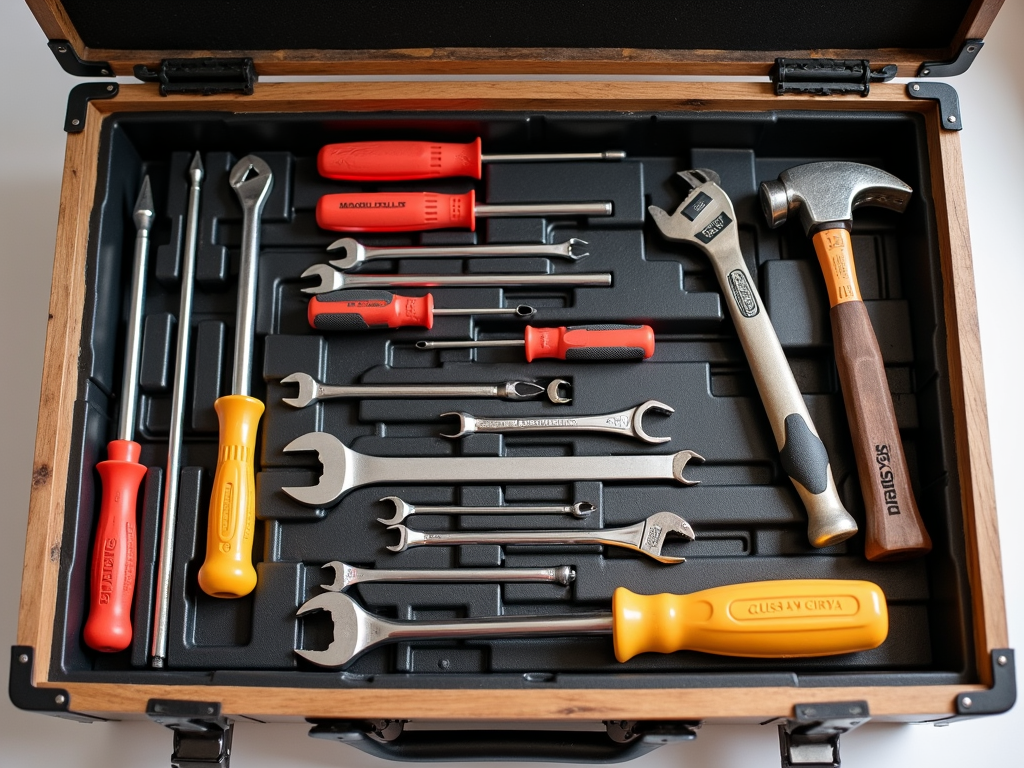Have you ever wondered how to use a mallet effectively? Whether you're a seasoned craftsman or a beginner, mastering the mallet is an essential skill. In this guide, we'll explore the world of mallets, from their different types to the techniques that will help you hammer like a pro.
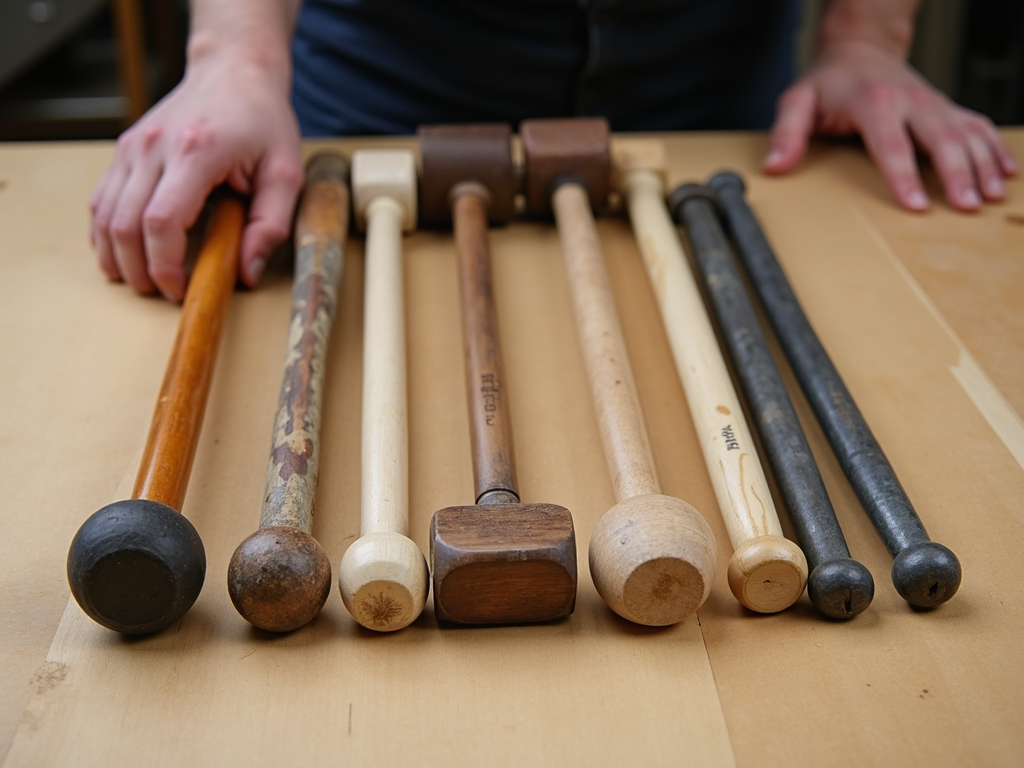
Mallet Types and Their Uses
Mallet is a type of hammer with a large, usually wooden head, used for striking chisels, forming sheet metal, and other tasks where a softer blow is needed. There are several types of mallets, each designed for specific purposes.
- Wooden Mallets: Ideal for woodworking, these mallets are gentle on tools and workpieces.
- Rubber Mallets: Perfect for assembling furniture or working with delicate materials, as they provide a soft impact.
- Metal Mallets: Used in metalworking, these mallets deliver more force and are great for shaping metal.
Understanding the differences between these mallets will help you choose the right tool for your project.
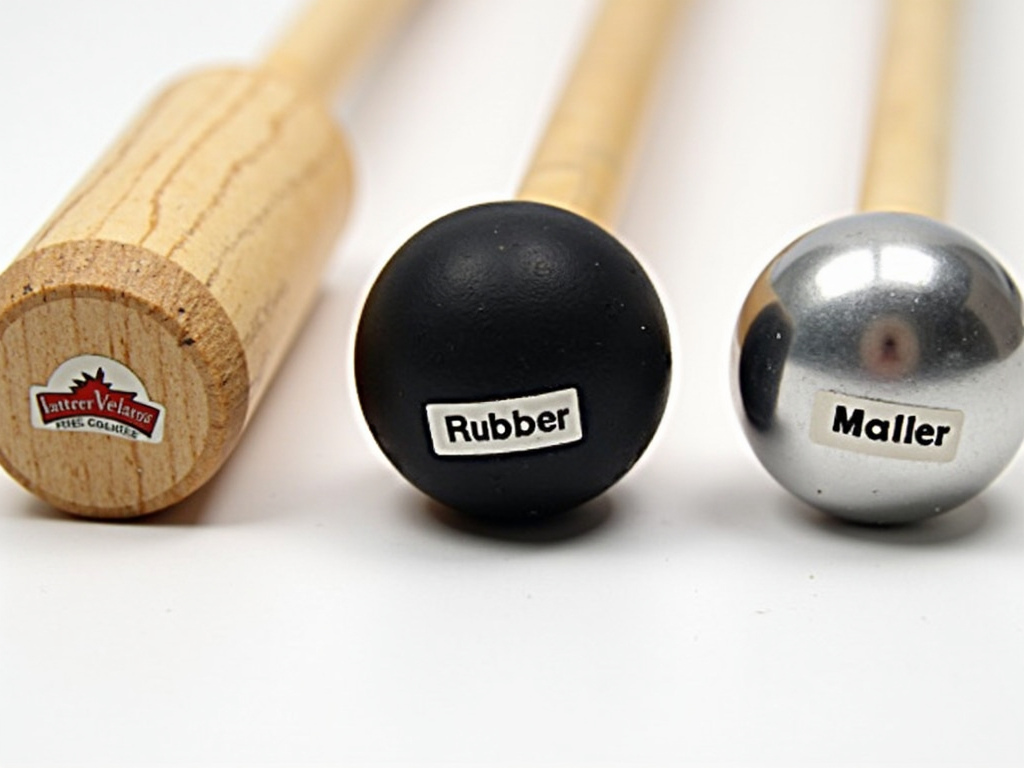
Proper Hammering Techniques
Using a mallet correctly is crucial for achieving the desired results and preventing injury. Here are some key techniques to keep in mind:
- Grip: Hold the mallet firmly but not too tightly. Your grip should be comfortable and allow for control.
- Stance: Stand with your feet shoulder-width apart, and position yourself so that you can swing the mallet comfortably.
- Swing: Use your wrist and forearm to swing the mallet, aiming for a smooth, controlled motion. Avoid using too much force, as this can lead to inaccurate strikes.
- Accuracy: Focus on hitting the target precisely. Practice your aim by starting with light taps and gradually increasing the force.
By mastering these techniques, you'll be able to use a mallet with confidence and precision.

Safety First
When using a mallet, it's important to prioritize safety. Here are some tips to keep in mind:
- Wear protective gear, such as safety glasses and gloves, to protect yourself from flying debris.
- Ensure that your work surface is stable and secure to prevent accidents.
- Keep your fingers and other body parts away from the striking area.
- Use the appropriate mallet for the task to avoid damaging your tools or workpiece.
By following these safety guidelines, you can enjoy hammering without unnecessary risks.
Specialty Hammers for Crafts and Hobbies
In addition to standard mallets, there are specialty hammers designed for specific crafts and hobbies. These hammers often have unique features that make them ideal for particular tasks.
For example:
- Jewelry Hammers: Small and lightweight, these hammers are perfect for delicate work like shaping wire or setting stones.
- Leatherworking Hammers: These hammers have a broad, flat head for punching holes and setting rivets in leather.
- Carving Hammers: With a smaller head and a comfortable grip, these hammers are great for detailed woodcarving.
If you're involved in a specific craft or hobby, investing in a specialty hammer can greatly enhance your work.

Tips for Mastering the Mallet
As someone who has spent countless hours working with mallets, I've learned a few tricks along the way. Here are some tips to help you improve your hammering techniques:
- Practice makes perfect: Start with simple projects and gradually work your way up to more complex tasks.
- Focus on accuracy: It's better to make multiple light taps than one heavy strike that misses the mark.
- Listen to the sound: The sound of the mallet hitting the workpiece can tell you a lot about the force and accuracy of your strike.
- Maintain your tools: Keep your mallets clean and in good condition to ensure optimal performance.
By incorporating these tips into your practice, you'll be well on your way to mastering the mallet.
In conclusion, mastering the mallet is an essential skill for anyone who works with their hands. By understanding the different types of mallets, practicing proper techniques, and prioritizing safety, you can achieve professional results in your projects. Whether you're a beginner or an experienced craftsman, there's always room to improve your hammering skills.
Related Mastering the Mallet: A Guide to Perfect Hammering Techniques:
- Ergonomic Workman Tools for Comfort: Enhancing Your Workday with Electrical Tools
- Essential Workman Tools for Beginners: A Comprehensive Guide
- Guide to Jewelry Making Tools: Everything You Need to Know
- The Ultimate Guide to Safe Tool Storage
- Top 10 Electrical Tools Every Homeowner Needs
- DIY Workbench Plans for Small Spaces: Maximize Your Workshop Efficiency
- Power Tools for Metalworking: Your Ultimate Guide
- Visualizing the Future: How AI and Automation Are Shaping Industry
- Top 10 Must-Have Modern Workman Tools for Every DIY Enthusiast
- The Ultimate Guide to Cordless Drill Care
- A Beginner’s Guide to Building Your Construction Tool Kit
- Tool Maintenance Tips for Longevity and Safety
